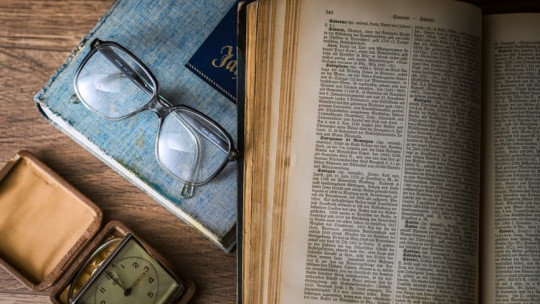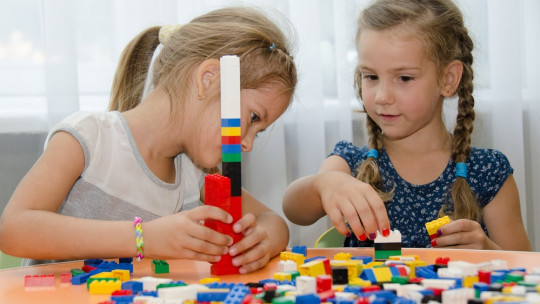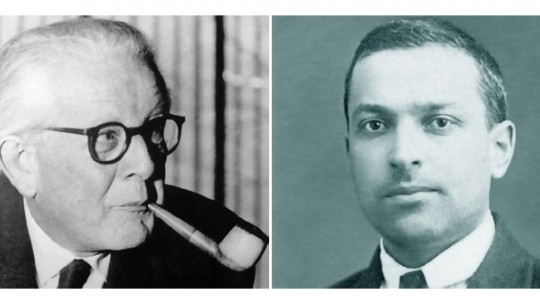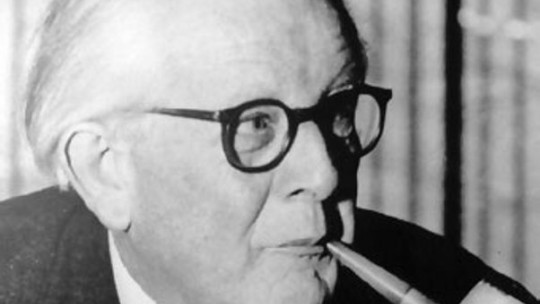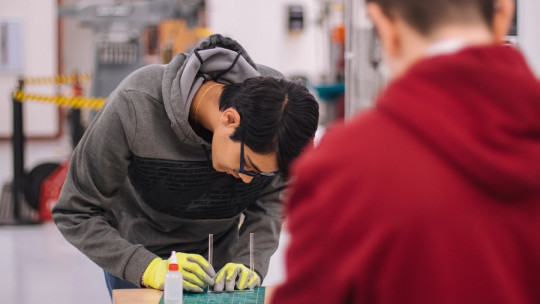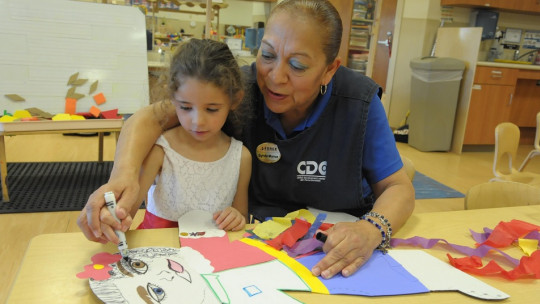Learning is the basic process by which
we acquire information from the external or internal world to later work with it The result of this process is knowledge, which allows us to carry out a wide variety of behaviors, predictions and even acquire new knowledge and cognitive schemes.
Learning is therefore a fundamental phenomenon that allows us to survive and adapt to the environment, being studied by very diverse disciplines and theoretical currents. One of the many theories that have emerged regarding the learning process is
Robert Gagné’s learning theory And Jean Piaget was not the only one to talk about learning in a psychological way.
Learning for Robert Gagné
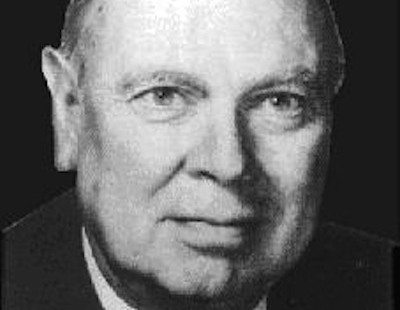
As we have said, there are very different ways of understanding what learning is.
In the case of Robert Gagné’s learning theory, the result of
the interrelation between person and environment being a change of behavioral type, behavior and even disposition or attitude with respect to part or all of reality.
This change is maintained over time as a consequence of the interaction between person and environment, not being due solely to maturational changes but to the living of experiences and their repetition.
For Gagné, information reaches the nervous system through sensory receptors, to subsequently
processed and stored in memory until retrieval is necessary If this information corresponds to any previous information, it can easily be stored, but otherwise practice and repetition of learning will be necessary.
Intense emotions and motivations facilitate (or hinder, as the case may be) such storage and subsequent retrieval.
The role of motivation in learning
When it comes to retrieving information, some situation or stimulus must occur that requires the use of stored learning, which, when faced with said stimulus, passes to a hypothetical internal response generator.
After passing through this generator, the behavior occurs taking into account when choosing which to apply the level of control and one’s own and others’ expectations regarding the behavior and the goal or objective to be met.
Thus, motivation acts as a driving force for learning and, at the same time, creates more situations to put into practice what has been learned, since it creates more opportunities in which a situation is detected in which the new skills acquired can be useful.
To learn it is essential that there is motivation , whatever the type, in order for the information to be attended to and processed. Otherwise the information would not be recorded nor knowledge generated. But what exactly do we learn?
What do we learn?
We don’t always learn the same kinds of things. In fact, there is a wide variety of stimuli, situations, skills and procedures of different types that we can acquire throughout life.
For Gagné, the wide variety of possible learning
They can be grouped into eight different types of learning : the learning of reaction to signals or reflexes, conditioned stimulus-response learning, the chaining of motor action sequences, verbal association, discrimination, learning and understanding of concepts, the principles with which structure the evaluations made by the subject and the problem solving
The products of said learning, likewise, are also classified into five main categories.
1. Motor skills
Motor skills are essential when it comes to being able to act.
Training is required to
get the movement automated and can be performed accurately, especially in the case of behaviors that require following a sequence of actions.
2. Verbal information
This type of capacity or learning is the one that refers to the
process of transmitting information and retaining specific data like names or memories.
3. Intellectual abilities
These are the capabilities that allow
capture, interpret and use cognitive elements in order to interpret reality , including the capacity for symbolization. These types of skills are very useful for discriminating stimuli and associating symbology and reality.
4. Cognitive skills and strategies
These types of skills refer to the cognitive processes that we use to capture, analyze, work and retrieve information. In addition
It is linked to the choice of adaptive behaviors to the environment and its specific demands Attention, response style or planning are several examples of this type of skills, and according to Gagné’s theory they work at the same time.
5. Attitudes
Attitudes are considered to be the internal states that influence when
choose behaviors and behaviors towards specific situations, people or objects They are, in short, predispositions that incline us more towards one option or another and that shape our way of behaving.
Learn can
cause personal attitudes to change but said change is gradual and progressive, the learning being complex and needing to be reinforced for there to be real and permanent change.
Learning stages
Regardless of the type of knowledge, skill or disposition that is acquired, Gagné’s learning theory considers learning as a process which
can be divided into different stages before the acquisition of knowledge These stages or phases are the following.
First phase: Motivation
The first phase in the learning process is the motivation phase. In this phase basically
a goal is established, directing attention towards it In this way we know what we should direct our actions towards.
Second phase: Apprehension
In this second phase, attention and selective perception processes are used.
when a change in some stimulus attracts attention and makes us focus physically and cognitively on it
Third phase: Acquisition
Although the previous phases are mainly based on the fixation of attention and the intention to attend, during the third phase the acquisition and encoding of information occurs. collecting the stimuli and working with them. This third phase
is the main one in the learning process since it is the moment in which knowledge is acquired
Fourth phase: Retention
After acquiring the information
it is stored in memory having to monitor the possible interference with other knowledge, such retention being favored by them.
Fifth phase: Recovery
Once the information is retained, the learning remains in memory until
some type of stimulus triggers the need to recover it In this situation, the memory of the stored information is born after processing the needs that arise from the stimulus or demand.
Sixth phase: Generalization
A very important part of learning is
ability to generalize information n In this phase of the learning process, an association is built between the knowledge acquired and recovered and the different situations in which said knowledge could be required.
This generalization allows us to establish adaptive behaviors in the face of novel stimuli about which we have no information. It can be understood as one of the main goals of the learning process, since it is here where the usefulness of what is learned is noted by taking it beyond the initial context.
Seventh phase: Performance
The seventh phase of the learning process is performance. In this phase the individual
transforms learned knowledge into action performing a behavior in response to external or internal stimulation.
Eighth phase: Feedback
The
comparison between the results of the action derived from the use of learning and the expectations that were had regarding said results They are the last phase of the process. If the results are as expected or better, the learning will be strengthened, while otherwise attempts will be made to modify it or it will be discarded in that situation in favor of other alternatives.

